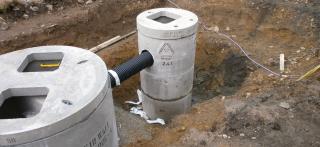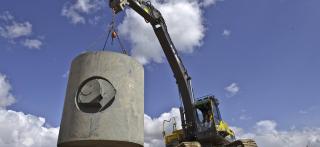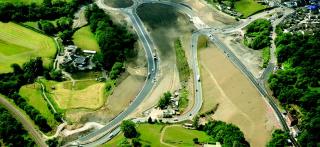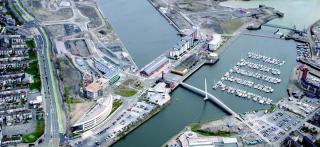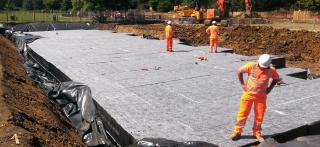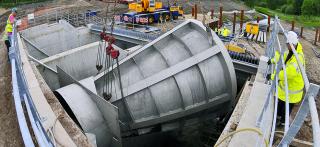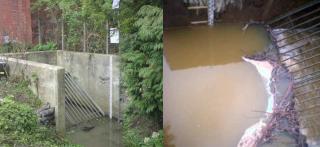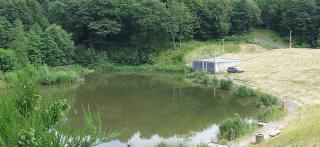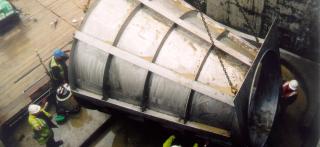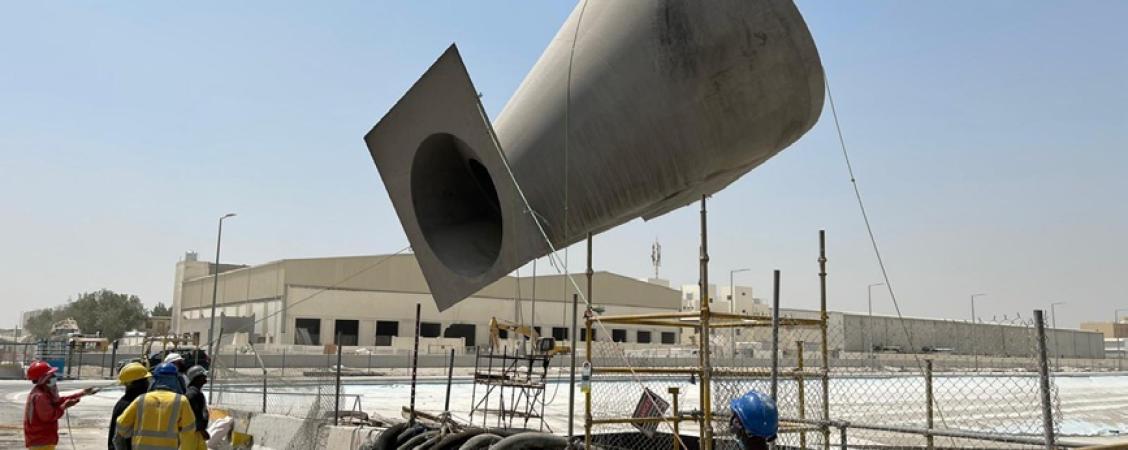
Hydro-Brake® Flood protects Doha industrial project
The catchment-level flood mitigation system protected a major Qatari industrial development from the damaging effects of flooding.
Situation
The Doha Industrial Area is plot of land allotted for local manufacturers, covering just over 32 km² of land, most of which is surfaced with concrete. The impermeability of concrete poses a flood threat to the industrial area, as storm events precipitate high levels of rainfall and consequently, unmanageable volumes of surface runoff. Thus, in the November of 2017, the Qatari Government initiated a rainwater management strategy, with the intention of tackling potential flood risk in the local area.
The project included the construction of a stormwater drainage network beneath the Industrial Area, all of which fed into a 3 m diameter MicroTunnel. This is currently in use, redirecting and draining all the rainwater in the catchment area. However, due to the size of the catchment, the capacity of the MicroTunnel was being exceeded at peak flow rates, once again exposing the entire catchment to flood risk.
As a result, Hydro International had been briefed to solve this issue by looking at how flow rates could best be controlled in the two largest, and therefore most impactful, areas of this catchment, ‘Doha Industrial Area - Package 1’ (Package 1) and ‘Doha Industrial Area – Package 3’ (Package 3). The section of the MicroTunnel that the brief concerns, flows directly from Package 1 (north of the pond) into Package 3 (south of the pond) and onwards from there.
Hydro International had specifically been tasked with controlling the flow rate from these two packages, Package 1 into Package 3, in order to free up capacity in the MicroTunnel further downstream.
Challenge
The MicroTunnel is connected to a large surface and groundwater detention pond. In the instance that the flow from Package 1 exceeds the capacity of the drainage network downstream, a given flow control device must restrict the flow into Package 3 and redirect this to the detention pond.
A proposed solution had been the installation of a mechanical penstock. Surface runoff flowing into the MicroTunnel would simply be restricted when the penstock is lowered. However, when considering the irregularity of rainfall events, which are sometimes years apart, the assurance of functionality for the mechanical penstock is not guaranteed.
With multiple units needing to be installed throughout the catchment system, the failure of only 1 penstock can pose a serious threat to the existing infrastructure and can potentially cause a flood in Doha Industrial Area.
Solution
Other solutions had been proposed but none were as appropriate as the Hydro-Brake® Flood.
The Hydro-Brake® Flood is a device that provides consistent, reliable, and large-scale f lood protection. It is a most efficient, in terms of both cost and performance, passive device that does not require an external power source, does not have any moving parts, and demands only minimal maintenance.
The self-activating nature of the device allows that when surface runoff enters into the MicroTunnel, through the drainage system, whether it is 100 L/s or 10,000 L/s, the Hydro-Brake® is always at work. Either allowing flow through, up until the discharge limit (design point), which in this case is 6,039 L/s. Or, when flow exceeds a certain discharge level, the Hydro-Brake® Flood will begin restricting that flow up until it’s design point.
This ensures that at all times, independent of external aid, the Hydro-Brake® Flood is not only restricting, but efficiently controlling the f low from Package 1, into Package 3.
The Hydro-Brake® Flood has thus achieved a suitable, reliable, and cost-effective solution with longevity and sustainability in mind, competently fulfilling all the required criteria and more.



